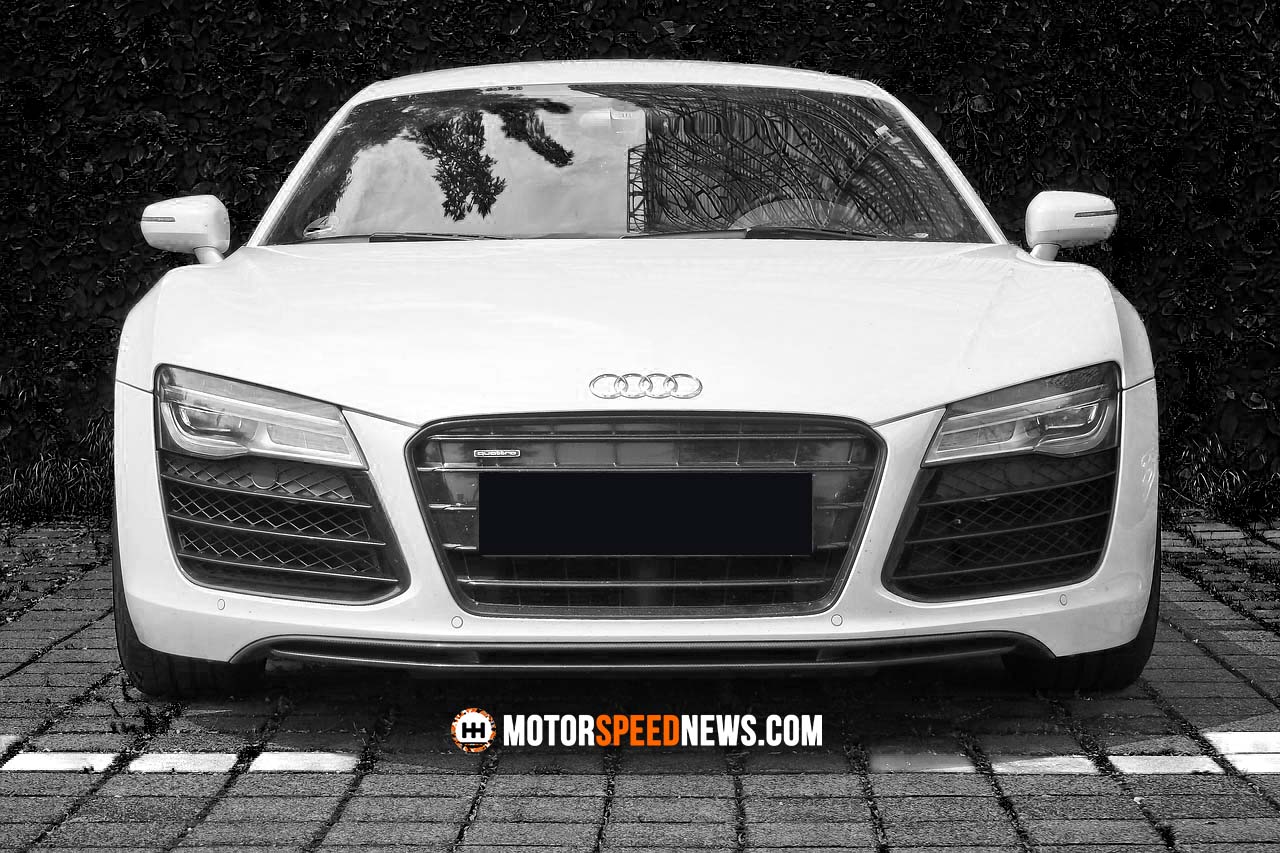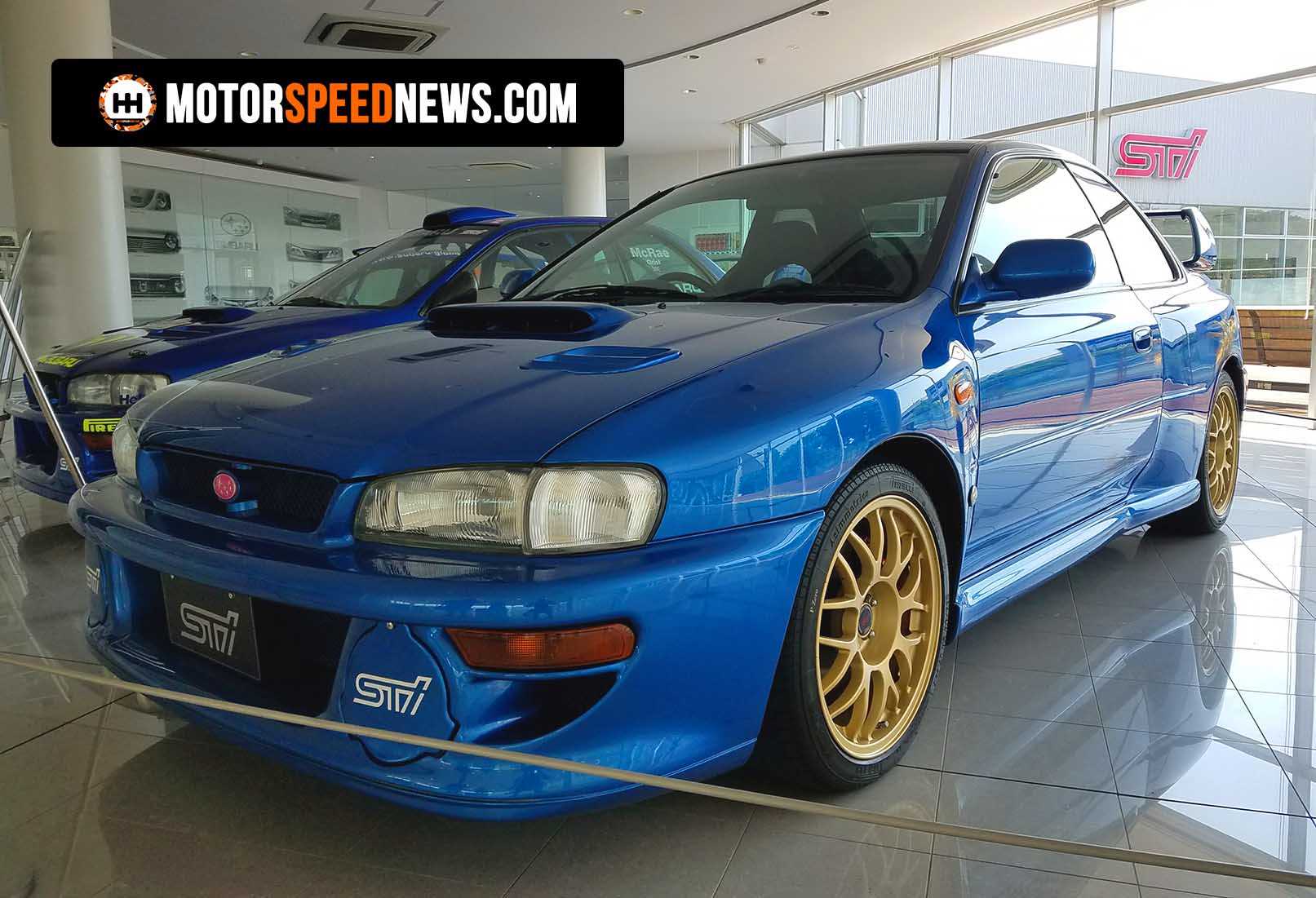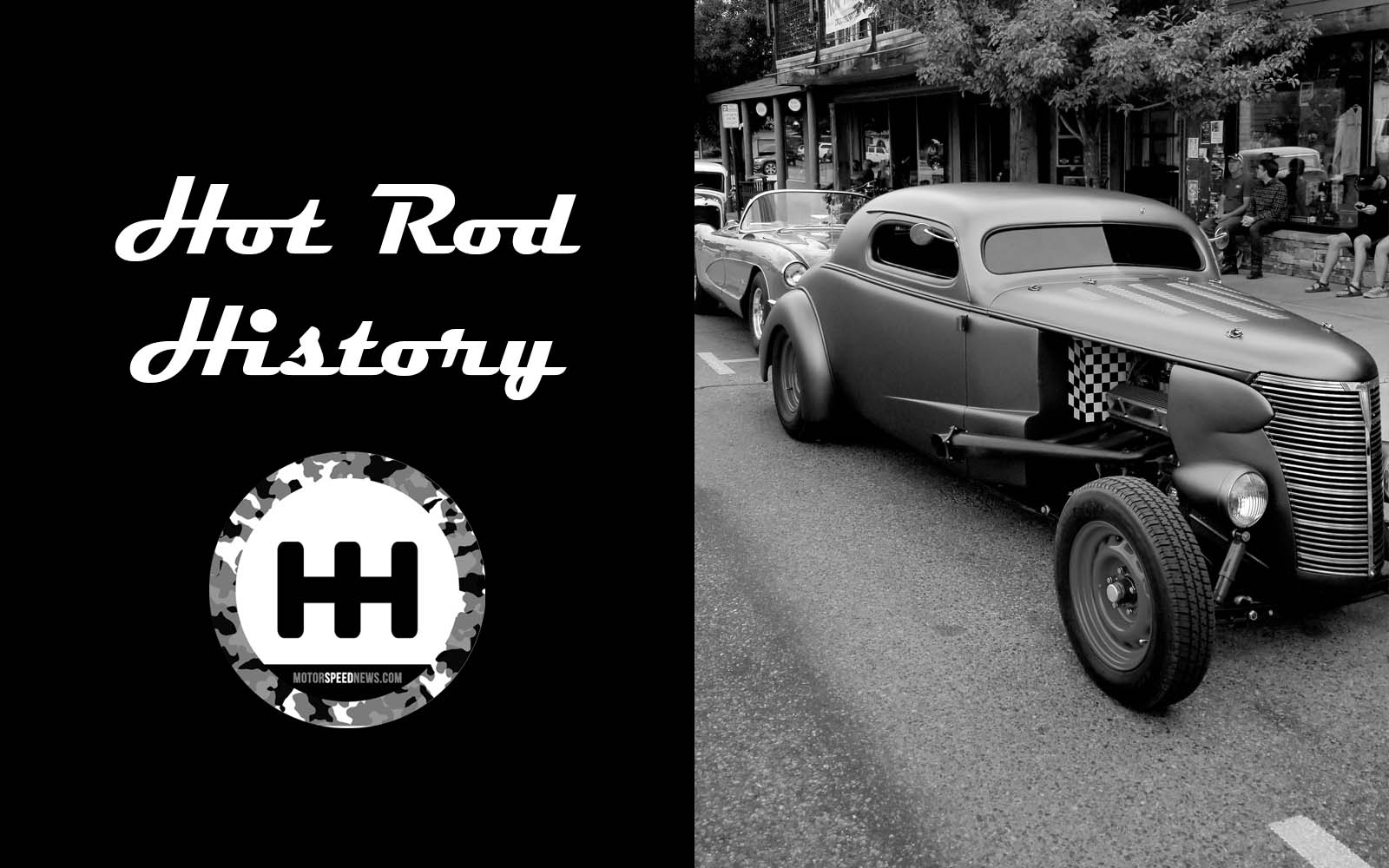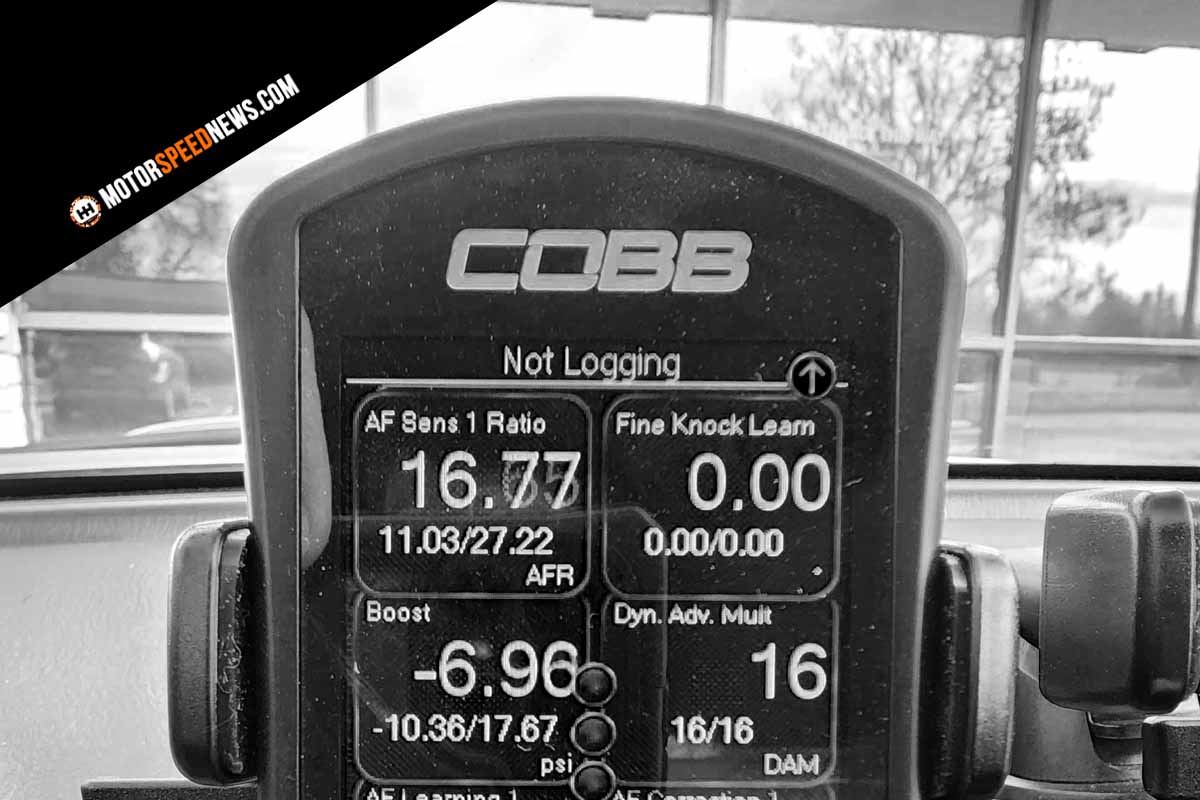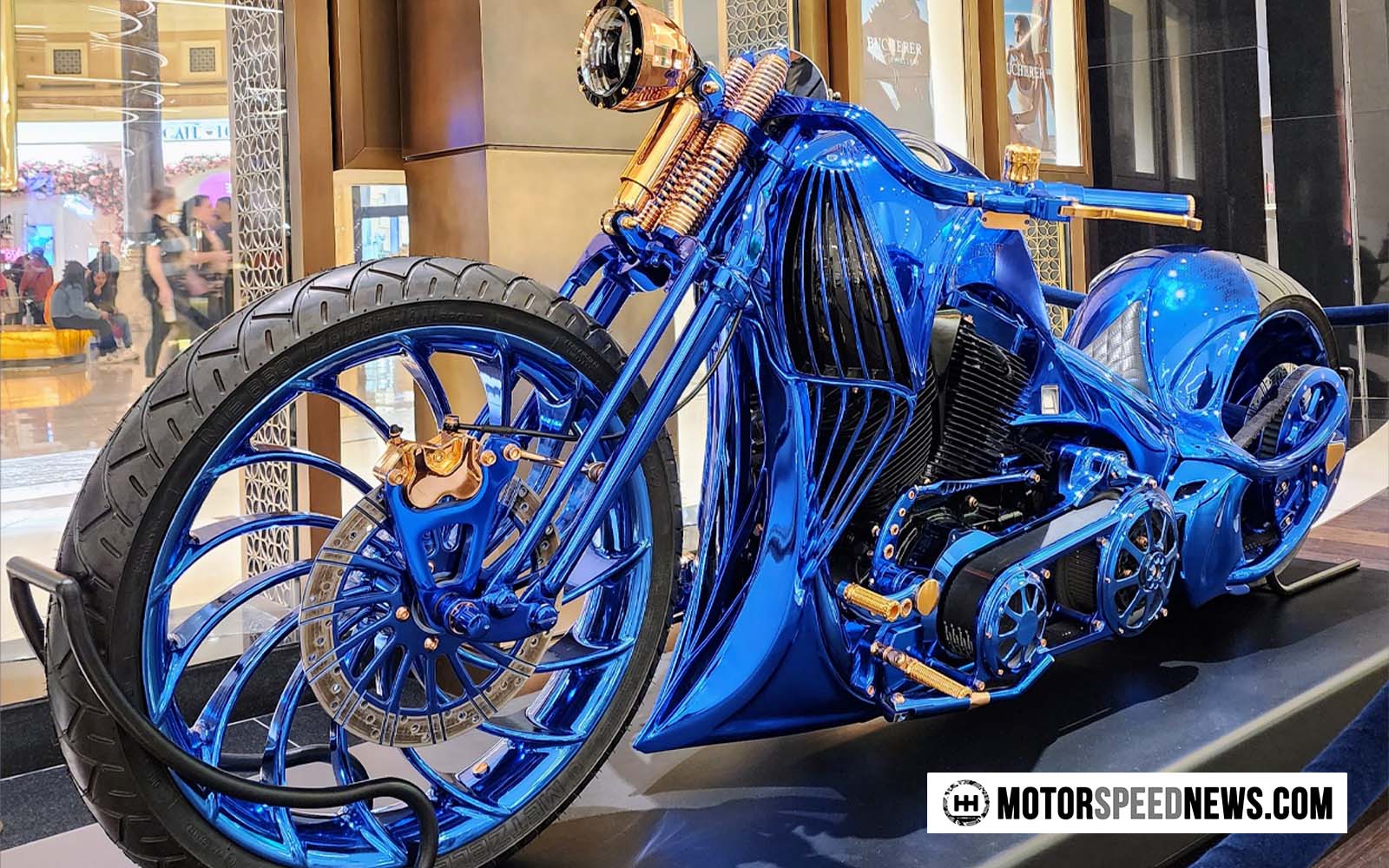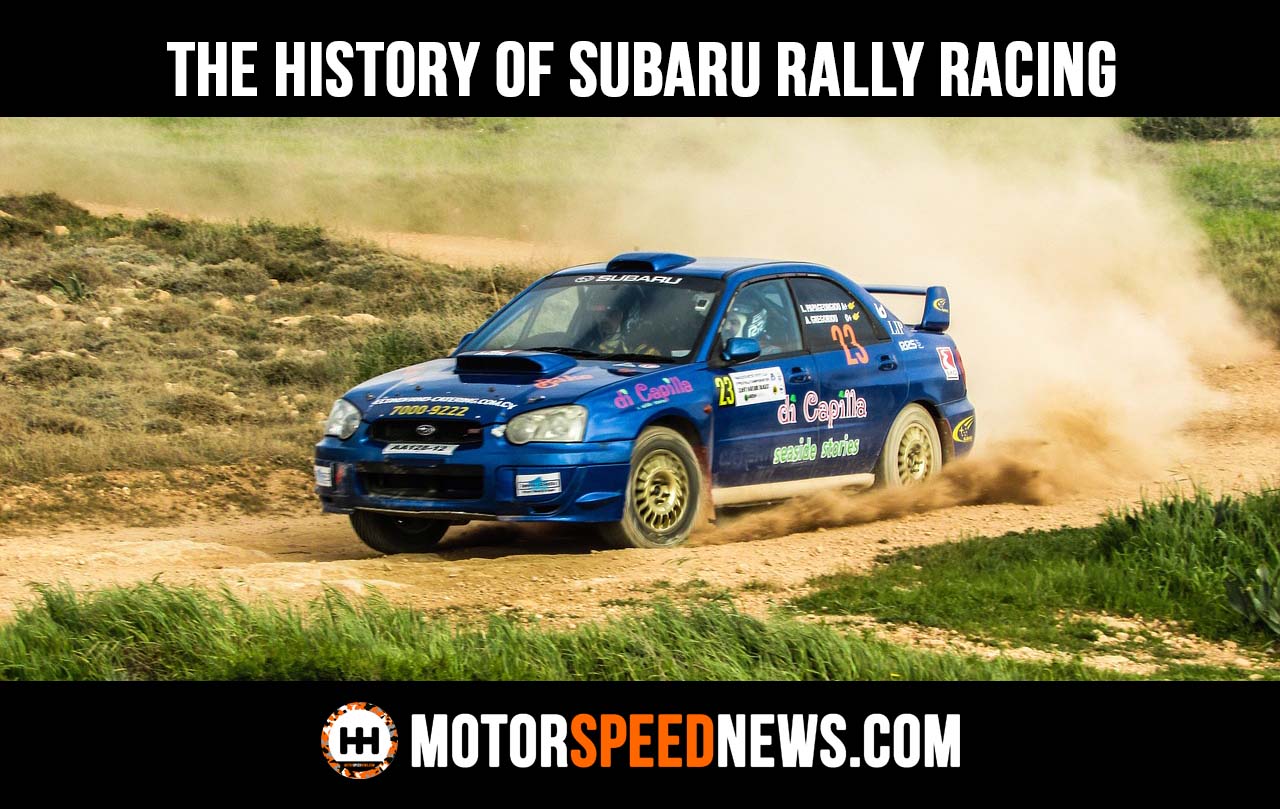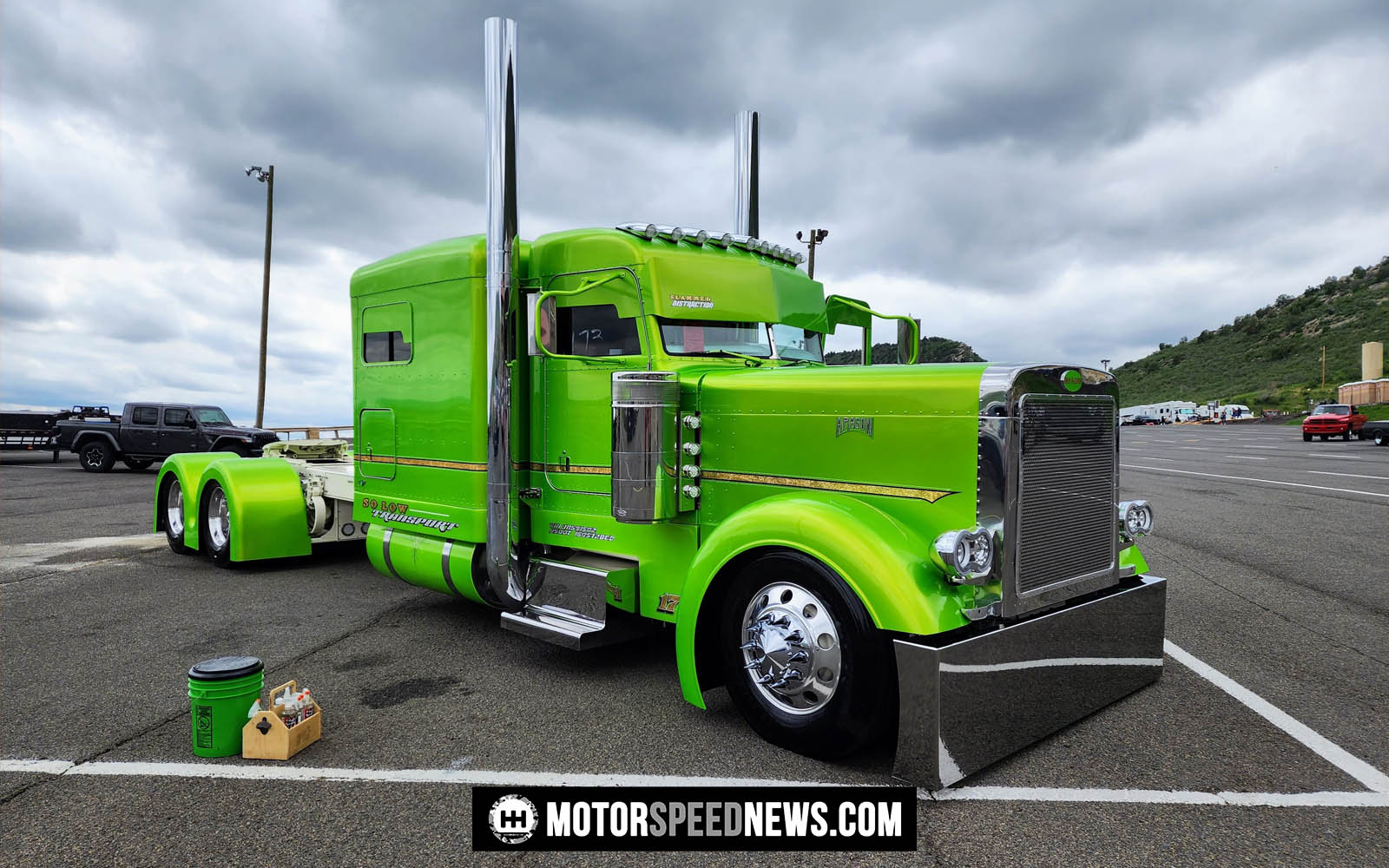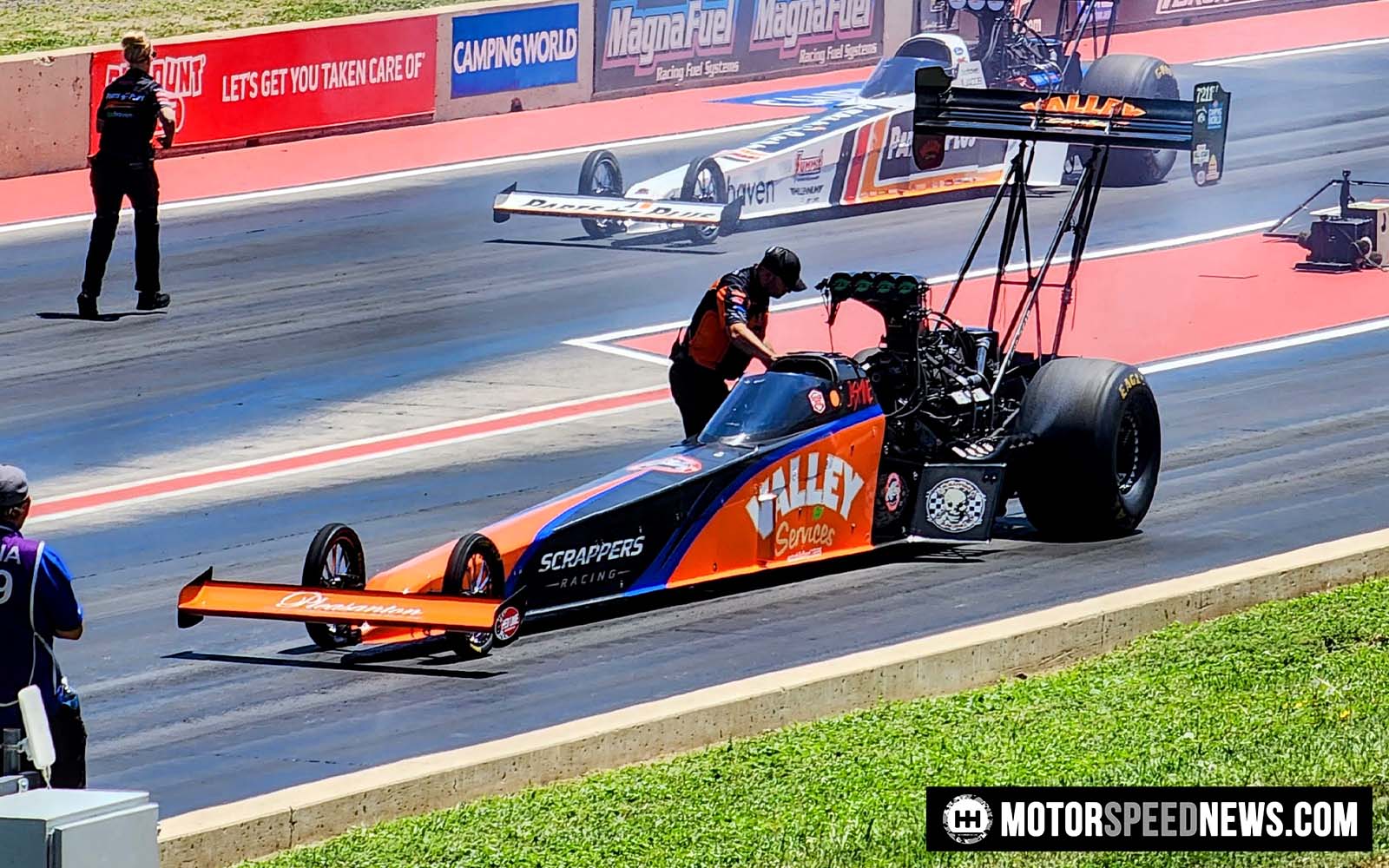What Are Hot Rods?
Hot rods are an iconic symbol of American automotive culture. They represent speed, style, and individuality. Customizing cars and hot rodding has a rich history that we can explore dating back to the 1930s.
Hot rods are typically vintage cars that have been modified for aesthetics and performance. Usually there is a bigger emphasis on the look of the car rather than performance, except at the dragstrip, when performance is the only thing that matters. The term “hot rod” originated in the 1930s when car enthusiasts began modifying vehicles (a lot of Ford Model As and Deuces) to make them faster and more powerful.
But the real reasons hot rods became popular were all the extra military vehicles after World War II (which provided a cheap source of cars for customization) and the advancements in automotive technology that came about during 1940’s 50’s and 60’s. These innovations allowed gearheads and grease monkeys to try all sorts of new modifications.



Hot Rod At Bandimere Speedway In Morrison, CO.
Hot rod culture continued to gain momentum and popularity in California. Drag racing caught on and created a hobby where amateur car enthusiasts could show the speed and performance of their cars. This led to the formation of organized drag racing events and clubs for hot rodding.
Over time, hot rodding evolved from simple modifications to elaborate custom builds. Hot rod builders now compete to showcase the full extent of their automotive creativity and craftsmanship.
Today, hot rods continue to inspire and entertain automotive enthusiasts worldwide. There are shows, races, and communities dedicated to these cars and trucks. There is likely a club or two in your own town!
The Birth Of Hot Rodding And Its Roots In Southern California
The birth of hot rodding can be traced back to Southern California, where automotive fanatics paved the way for hot rodding culture.
One of the most crucial parts of hot rod history was racing on dry lakes. Beginning in the 1930s, racers would gather on dry lake beds like El Mirage and Muroc in the Mojave Desert to test their modified vehicles and push them to their limits. These races served as a testing ground for innovative ideas and techniques that would later shape the hot rod scene.
The Bonneville Salt Flats in Utah also played an important part in hot rodding history. This huge salt pan provided a perfect place for high-speed record attempts. Hot rod enthusiasts from Southern California would come up to Bonneville to showcase their builds and race.
To organize these races and provide structure, the Southern California Timing Association (SCTA) was formed. Founded in 1937, the SCTA helped promote safer racing practices and establish rules and regulations for events.
The early years of hot rodding were characterized by ingenuity, resourcefulness, and a passion for speed. The hot rodders of Southern California set the stage for what would become a major subculture in the car scene.
Hot Rod Culture Flourishes And Gains Mainstream Attention
After World War II, America witnessed a significant surge in the popularity of hot rod culture, as the street racing scene took off and gained mainstream attention. Hot rod clubs emerged as hubs for builders and racers to share their passion for fast cars.
One of the key factors that contributed to the growth of hot rod culture was the increasing popularity of drag racing. Drag strips became the top setting for racers to show off their custom-built cars in straight-line speed contests.
Customizations and modifications played a crucial role in defining the hot rod look during this period. Gearheads would alter their engines, suspensions, and bodywork to create unique and eye-catching designs. This pursuit of artistic automotive creativity led to modifications like chopped roofs, lowered suspensions, oversized engines, and special paint jobs.
As hot rods became more prevalent on American roads, they captured public attention through magazines, movies, and even music. This mainstream exposure further fueled interest in hod rod culture, attracting even more enthusiasts.
Hot Rods Of The 1950s & 1960s
During the 1950s and 1960s, the “kustom kulture” movement emerged, celebrating customization in automotive design. According to Rat Fink this included “all the artworks, hairstyles, vehicles and the fashion” stemming from hot rodding.
These decades also witnessed Ford’s Model T and Model A become favorite canvases for custom builds. The Ford Model T was produced from 1908 to 1927 and the Model A from 1927 to 1931. Due to the affordability and availability at the time the Model T and A were perfect for making super cool hot rods. The platforms were simple too, allowing builders to easily swap out engines or add aftermarket parts to bump up the performance.
Hot Rod History In Hollywood
Hollywood played a significant role in shaping the image and popularity of hot rods with movies like “American Graffiti” and “Two-Lane Blacktop.” These movies displayed the thrill and excitement of hot rod culture.
But it wasn’t just movies. Music has also impacted hot rodding. Rock ‘n’ roll, with its rebellious and energetic nature, often embraced car culture in its lyrics and videos. ZZ Top is a perfect example. Billy Gibbons showed the world how cool hot rods could be with his Eliminator 1933 Ford coupe. And let’s not forget the Beach Boys and their song called “Little Deuce Coupe”. It’s clearly evident that music further solidified the association between hot rods and a sense of freedom and adventure.


Hot Rodding in the 1970s & 1980s
During the 1970s and 80s, there was a noticeable shift in society’s concern for safety and environmental regulations, which had a significant impact on the hot rodding scene.
The increasing focus on smog regulations created a big problem for hot rodding during this time . Air pollution became a hot topic and emission standards became more stringent. This meant that performance modifications that increased horsepower often conflicted with these new regulations.
Hot rod enthusiasts were faced with the challenge of finding ways to comply with these smog regulations while still maintaining their desired level of performance. (Although not every hot rodder complied with the new rules.) Eventually however, innovations for engines and exhaust systems came out that satisfied the bureaucrats and created less emissions.
At this time there was a growing emphasis on safety too. With an increased awareness of road accidents and fatalities, there was a push for safer vehicle designs and features. This meant that newer cars got more complex, but enthusiasts also found ways to add safety features to their hot rods and race cars.
A Renewed Interest in Hot Rodding And Classic Cars
Starting around the early 2000s there was a notable resurgence of interest in hot rods and classics. We saw retro-styled cars produced that pay homage to classic designs while also incorporating modern tech and features.
We can look at the 11th gen Ford Thunderbird, produced from 2002-2005. It was obviously inspired by the iconic Thunderbirds of the 1950s. This modern interpretation returned it to its original configuration as a two-passenger convertible and captured the essence of the original model while featuring modern features.
Other examples include the Ford GT, Chevrolet Camaro (discontinued in 2002 but revived in 2010), Chevrolet SSR, and Plymouth Prowler.
As new cars continue to come out with classic design elements we can see new life breathed into the world of hot rodding, attracting both seasoned collectors and newcomers alike.
The renewed interest in classic rides has led to a rise in car shows too. These events provide opportunities for car enthusiasts to show off their vehicles, meet other gearheads, and admire cars.


Hot Rods Today
Present-day hot rod builders continue the legacy of classic and iconic vehicles while also pushing boundaries in design and performance. A new and notable trend in the hot rod world today is the evolution of alternative fuel hot rods, especially electric conversions.
Builders are now finding innovative ways to incorporate electric powertrains into classic cars and hot rod builds. This has created a new breed of high-performance electric vehicles. Electric cars produce some serious torque and acceleration and most classics are kept in their garage and only come out on sunny days and for car shows. This means builders don’t need to worry about things like range because they are likely not driving these cars cross country.
The combination of traditional craftsmanship and modern technology has resulted in a new segment in car culture. We will continue to see more electric classics and hot rods on the road. And electric conversion kits are only going to get better and cheaper.
This new electric classic car niche also appeals to the environmentally conscious and those looking for greener transportation options. However, we must remember that your car should be charged with solar or the power must come from an eco friendly power plant. The USA still uses coal for 19.5% of total electricity production as of 2023. If you aren’t diligent with your research and methods, you might end up swapping gasoline power for actual coal power.
Hot Rod Enlightenment: Automotive Creativity and Passion



Hot rods have stood the test of time as a timeless symbol of American automotive creativity. They are not just about speed and power; these cars embody the spirit of individuality and self-expression. Each hot rod is a unique work of art, reflecting the owner’s personal style and vision. From custom paint jobs to meticulously crafted interiors, every detail is carefully curated to create a one-of-a-kind masterpiece. You don’t often see a build like the VW van hot rod featured above, and when you do it’s special.
These cars embody the spirit of American automotive genius and imagination. As long as there are individuals with an unshakable love for cars and a desire to push boundaries, hot rods will continue to be built, raced, and cherished.

Founder and Executive Editor for Motor Speed News.
Current Garage:
2002 Subaru Impreza WRX Wagon (302 whp)
2005 Toyota Tundra Limited
1986 Yamaha Virago XV1100


